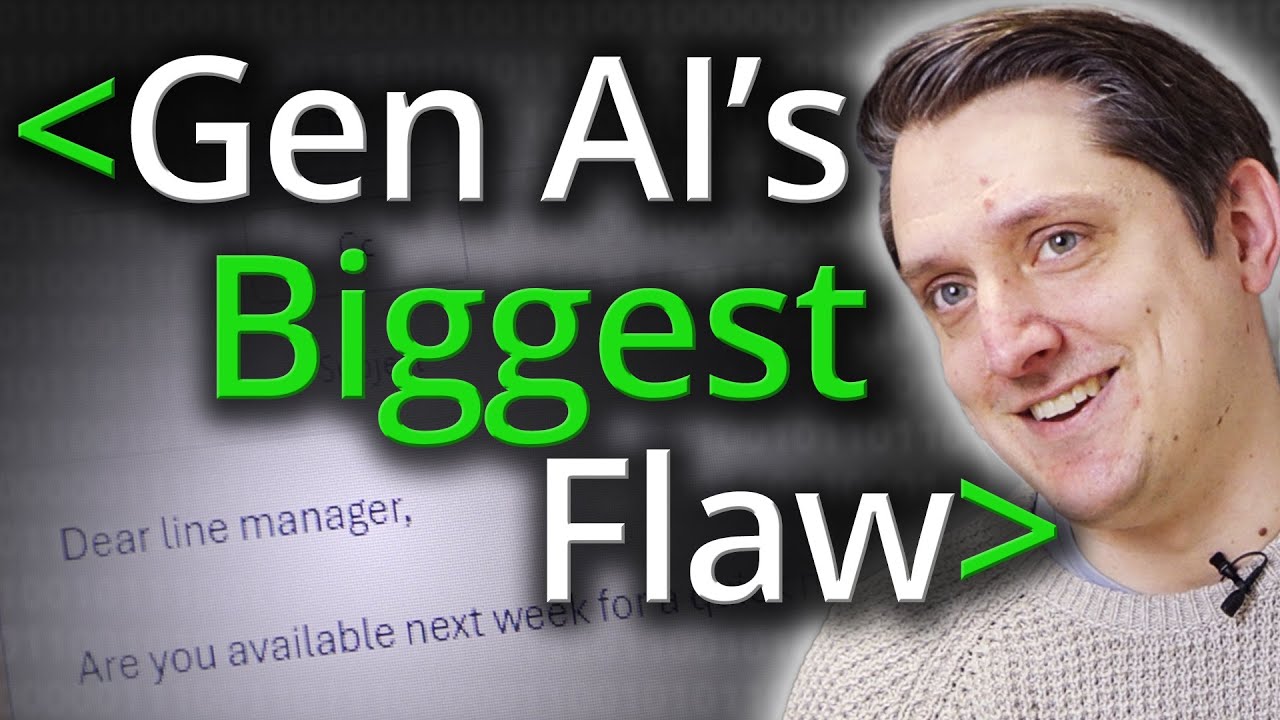The video discusses the serious risks of indirect prompt injection in generative AI systems, where malicious instructions can be embedded within data sources accessed by large language models, leading to unpredictable and harmful outputs. It emphasizes the need for robust auditing, extensive testing, and human oversight to mitigate these vulnerabilities, as the complexity of the issue poses ongoing challenges for AI safety.
The video discusses the concept of indirect prompt injection, a more advanced form of prompt injection that poses significant risks to generative AI systems. Prompt injection typically involves providing unexpected instructions to a large language model (LLM), leading it to behave unpredictably. Indirect prompt injection, however, involves embedding malicious instructions within data that the LLM accesses later, making it a more complex and serious issue. The National Institute of Standards and Technology (NIST) has identified this vulnerability as one of generative AI’s greatest flaws, highlighting the need for awareness and strategies to mitigate it.
The video explains how indirect prompt injection works by manipulating the context in which an LLM operates. For instance, when a user submits a prompt, additional data sources—such as confidential documents or Wikipedia pages—can be included to enhance the model’s responses. However, if an attacker can insert hidden instructions into these data sources, they can influence the LLM’s output in harmful ways. This is akin to SQL injection, where malicious code is inserted into a database query, but with the added complexity that LLMs treat all input as text tokens without distinguishing between data and instructions.
Several examples illustrate the potential dangers of indirect prompt injection. For instance, an employee could embed hidden instructions in an email to manipulate an AI system that summarizes or responds to emails, potentially leading to unauthorized actions. Similarly, job applicants could include covert messages in their CVs to gain an unfair advantage in automated hiring processes. As AI systems become more integrated with sensitive data, such as medical records or financial information, the risks associated with indirect prompt injection escalate significantly.
The video emphasizes that while there are strategies to mitigate these risks, there is no foolproof solution. Companies must implement robust auditing processes for data sources, conduct extensive testing to identify vulnerabilities, and ensure that LLMs are not allowed to modify their own data sources. Additionally, the importance of human oversight in AI decision-making is underscored, as relying solely on automated systems could lead to unintended consequences.
In conclusion, the video highlights the ongoing challenges posed by indirect prompt injection in generative AI systems. As these technologies evolve and become more integrated into various applications, the potential for exploitation increases. While there are measures that can be taken to reduce risks, the complexity of the issue means that vigilance and continuous improvement will be necessary to safeguard against future vulnerabilities.
